Review: ToolkitRC M6D dual charger
ToolkitRC is relatively new company specializing in the chargers and power solutions. They have released a number of different chargers and accessories. The latest released is ToolkitRC M6D charger. Lets take a look at it.
Specifications
Input voltage: 7.0-28.0V @MAX 30A
Type of battery: Lipo, LiHV, LiFe, Lion@1-6S; NiMh @1-16S; Pb @1-10S
Balance current: 800mA @2-6S
Balance accuracy: < 0.005V
Voltage range: 0.2-5.0V @1-6S
Internal resistance: 1-100mR @1-6S
Charge power: 500W @MAX 25A SYNC
250W @MAX 15A *2 ASYC
Discharge power: 500W @MAX 15A Recycle mode
12W @MAX 3A Normal mode
USB: 2.1A @5.0V Upgrade@USB3.0
LCD screen: IPS 2.4inch LCD 320*240 pixel
Size: 98*68*35 mm
Package contents
ToolkitRC M6D charger comes with USB cable for firmware upgrades, Screen film protector and user manual.
Charger construction
This charger has two battery charging ports and two balancing lead ports for up to 6S. There is a temperature probe (DS1820) port in the middle, but there is no information on its use.
There is a fan on the side that turns on when the charger reaches the temperatures over 45℃.
On the back side of the charger you can find the input port (voltages between 7-28V or up to 6S battery) and the USB port for charging the phone or any other USB device with up to 2.1A.
Charger controls: scrolling the scroll wheel to the left or right for navigating through the menu and pushing the wheel for select or enter action. The CH button is for selecting the active battery charging channel (charging port). The selected channel will be highlighted in the screen. This button also allows to exit from the settings or selections menu.
Charger features overview
Battery checker
First of all ToolkitRC M6D charger can work as battery checker. Once you plug the battery into charging port it will power up and start showing the total voltage and the individual cell voltages. I don’t know if this is a useful feature, but it is definitely interesting and can not be found in any of my owned chargers (currently they are 6).
Internal battery resistance checker
Press and hold [CH/EXIT] button for two seconds to start testing the internal resistance of the active selected channel. After the test, the internal resistance will be displayed.
Charging
The short press on the scroll button opens the charging/discharging/storage mode settings. Select the “Charge” mode.
Select the battery type.
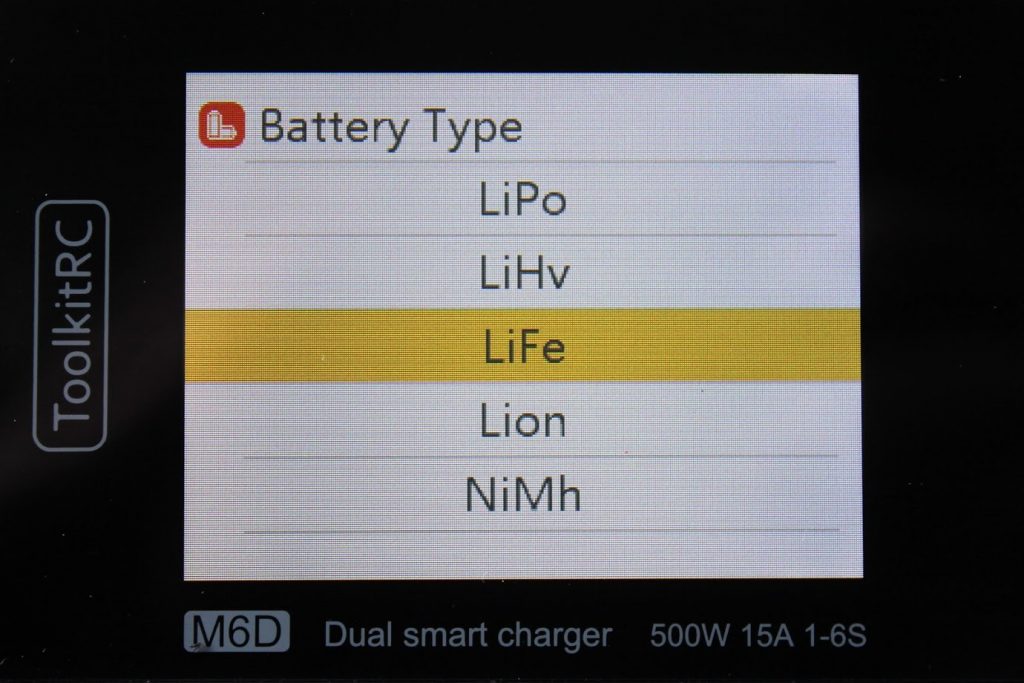 Select the battery cell number. I usually leave this setting to the “Auto” as the charger autodetects the cell count accurately and makes less mistakes than human.
Select the battery cell number. I usually leave this setting to the “Auto” as the charger autodetects the cell count accurately and makes less mistakes than human.
You can select the desired end voltage from 4.05V to 4.25V for LiPo and from 4.20V to 4.40V for LiHV batteries. Be careful and don’t overcharge the LiPo batteries!
And the last setting is the charge current. Up to 15A in standard mode and up to 25A in synchronous mode. I usually charge LiPo batteries with 1C current and in 2C current when I need a quicker charge.
Discharge
For discharging the batteries you need to select the DisCHG mode.
If you have powered the charger by battery and charger power input source settings are set to “Battery” then you can select the Discharge mode to “Recycle“. “Recycle” mode “charges” up the supply battery with Discharge current. This allows to discharge batteries quicker with the higher current (up to 15A) then “Internal” mode (up to 3A).
Storage charge
For charging/discharging the batteries to the storage voltage you need to select the StoCHG mode. In this mode the charger will charge up or discharge to the storage voltage. The Storage charge mode settings are similar to the Discharge mode, just by default it is set to charge/discharge to 3.85V per cell.
Firmware update
Connect the ToolkitRC M6D charger to PC with the supplied USB cable. Don’t connect the external power source to the charger. Charger will be powered through the USB cable. The computer will recognize the charger as USB disk named Toolkit.
Download the upgrade file app.upg (in the ZIP archieve) from the the official website https://www.toolkitrc.com/m6d. Extract the contents of the downloaded archive to the Toolkit disk. Overwrite the previous files in the USB disk if there are any.
Continuous charge
This is totally awesome feature. ToolkitRC M6D is able to automatically continue (or start) to charge (and discharge) the battery once you connect it. No need to press any key. When a battery is fully charged, unplug the battery, connect the next battery, the device will start to charge and discharge automatically. For this to work you need to set “Continuous work mode” to ON in the SETUP menu.
Synchronous mode
In sinchronous mode charger teams up the both battery charging ports to almost double the charging current output up to 25A. You need to set the Synchronous mode to “ON” in the setup
You need to get or make Y power adapter for sinchronous mode like the the one in the picture below.
Power supply
ToolkitRC M6D charger can be used as current limited power supply. If battery type is selected as “Power”, then you can select maximum current limit and voltage. Using this feature charger can power the hot wire cutting device or be as SmokeStopper device, limiting the maximum current.
Conclusion
ToolkitRC M6D is the best charger from the ToolkitRC at the time being. It has almost all the features that the user could want. Charging, discharging, storage feature, internal resistance checking, power supply with current limiter. It has two independent charging ports for charging/discharging two batteries simultaneously. They can be combined into one port for sinchronous charge with up to 25A. Charger displays the battery cell voltage with 3 decimal digits accuracy!
ToolkitRC M6D has much better user interface than previous ToolkitRC chargers. It is more intuitive and easier to use. Navigation using the scroll wheel is easy and convenient. Much better than ToolkitRC M6 or M8 chargers.
One of the best features of this charger is continuous mode when you don’t need to press anything for starting the charging process. When the first battery finishes charging, just disconnect it and connect the next battery and the charging process starts automatically!
ToolkitRC supports their products by releasing the firmware updates with fixes and feature improvements. Firmware update frequency wise it is on par with the industry leader ISDT or maybe even better.
Bottom line: ToolkitRC M6D is feature rich, powerful, dual channel charger for the budget price. At the time being it is the cheapest dual battery charger/discharger in the market.
Disclaimer: This item was supplied by Banggood for a fair and unbiased review. Banggood never asked for a positive review and never influenced my opinion in any way. I’m trying my best to stay uninfluenced and give only my own opinion. All affiliate links if there are any help me purchase items for future reviews.
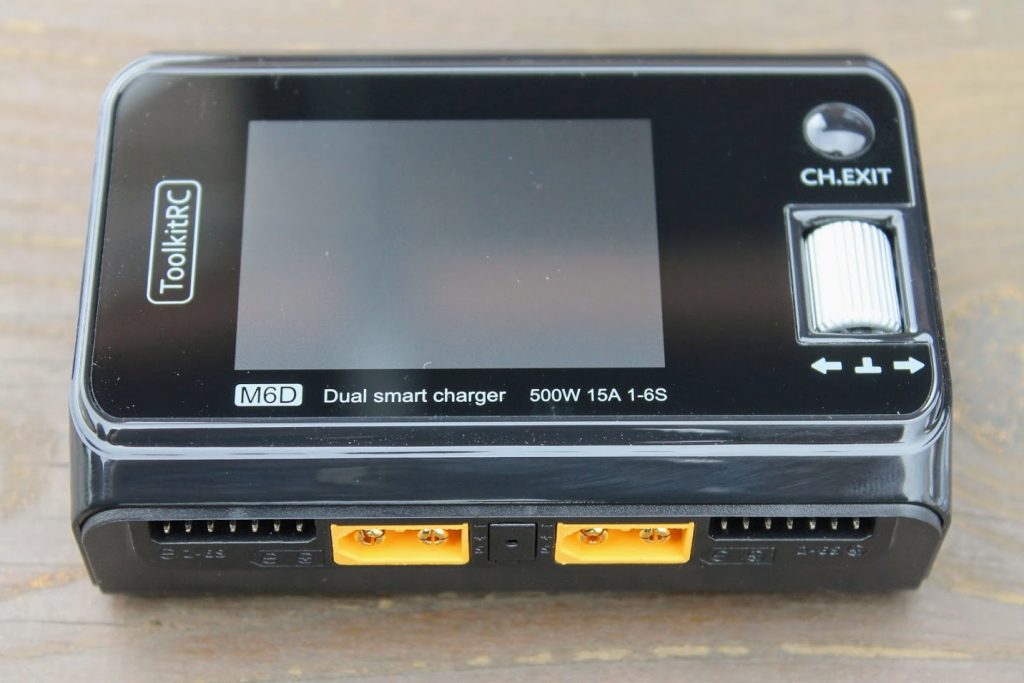
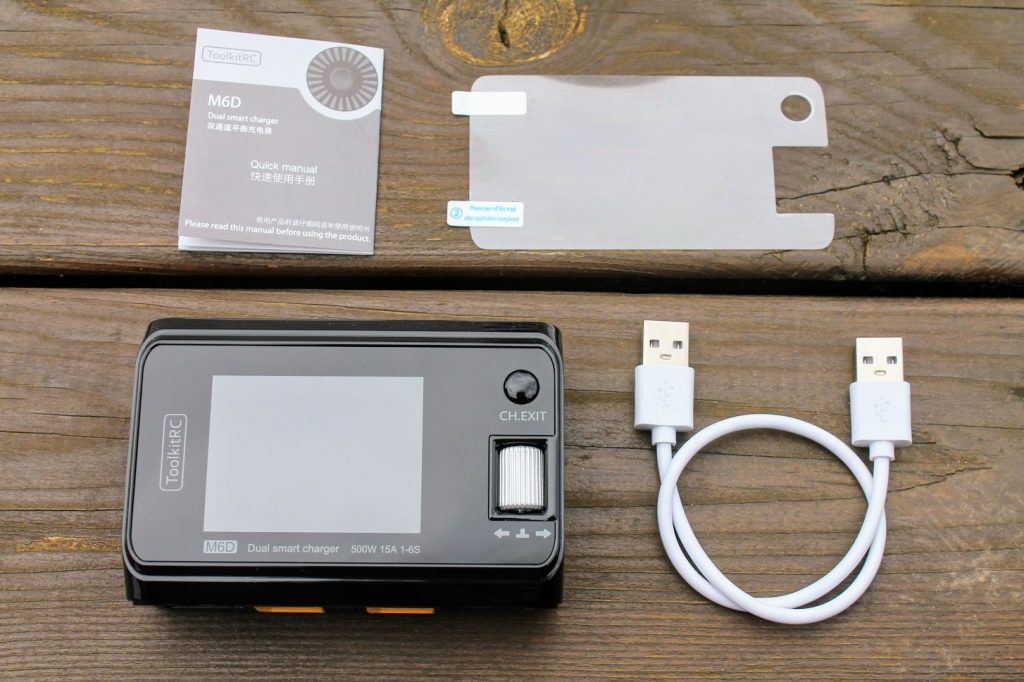
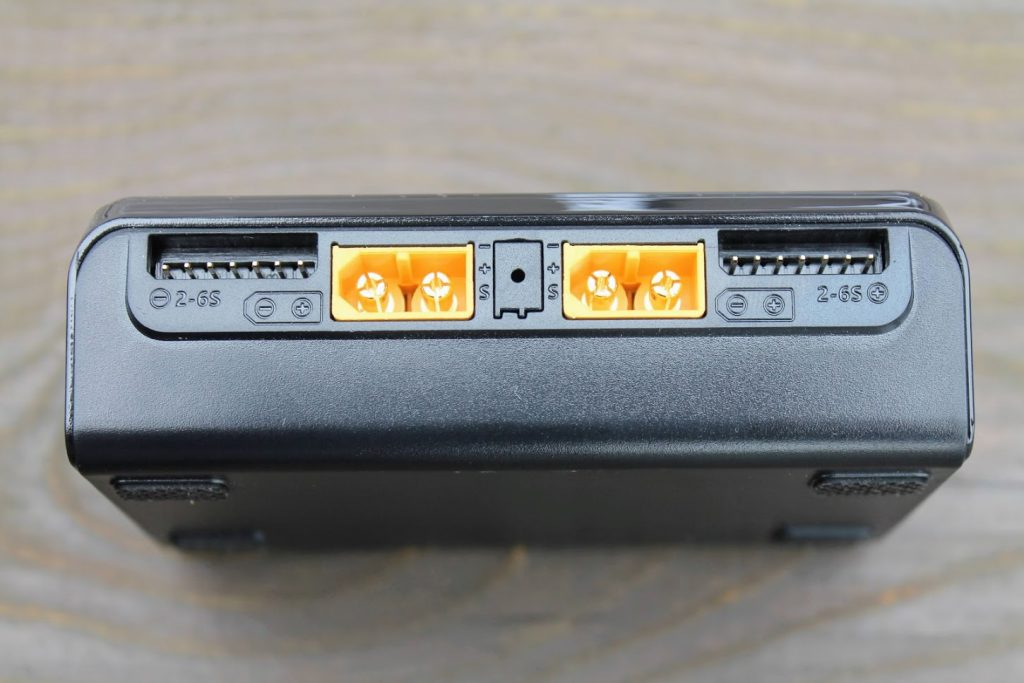

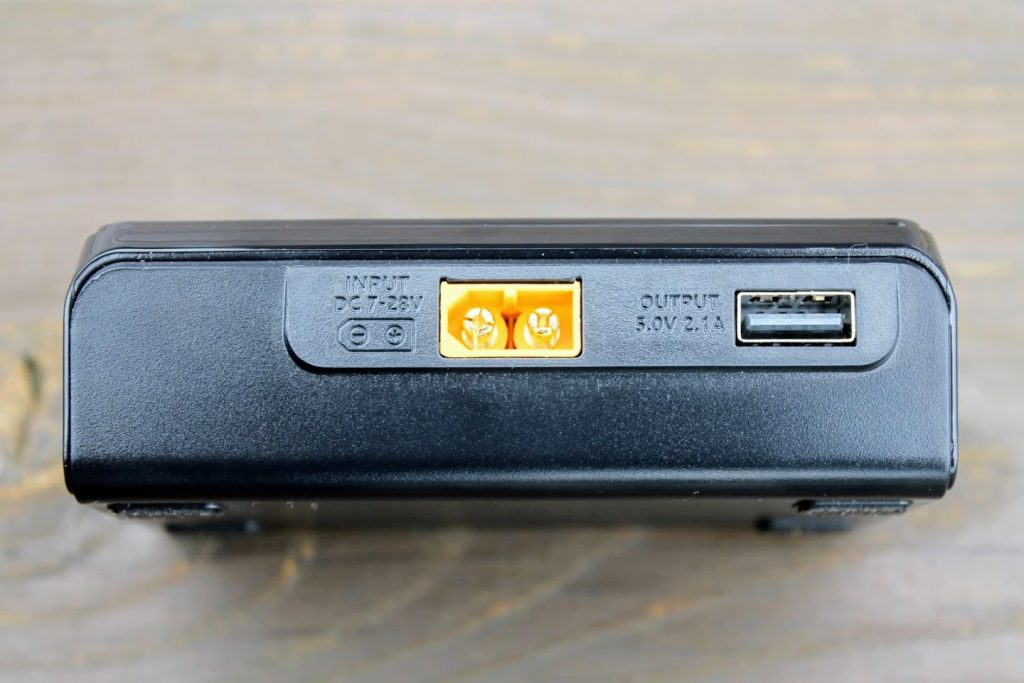
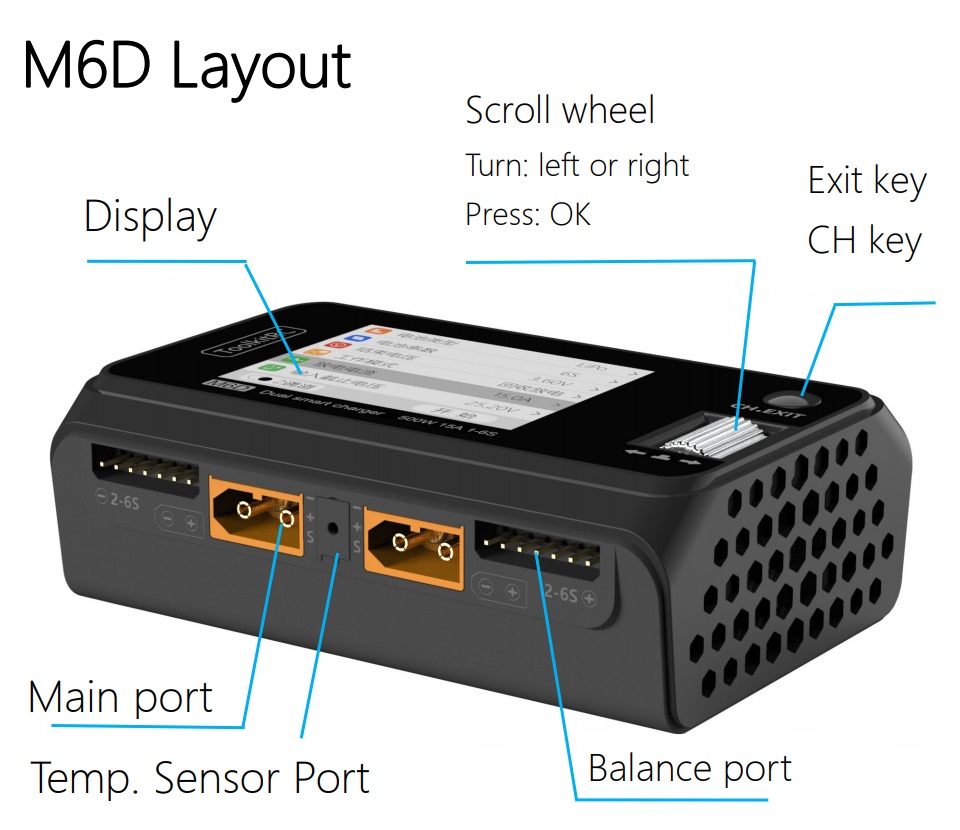
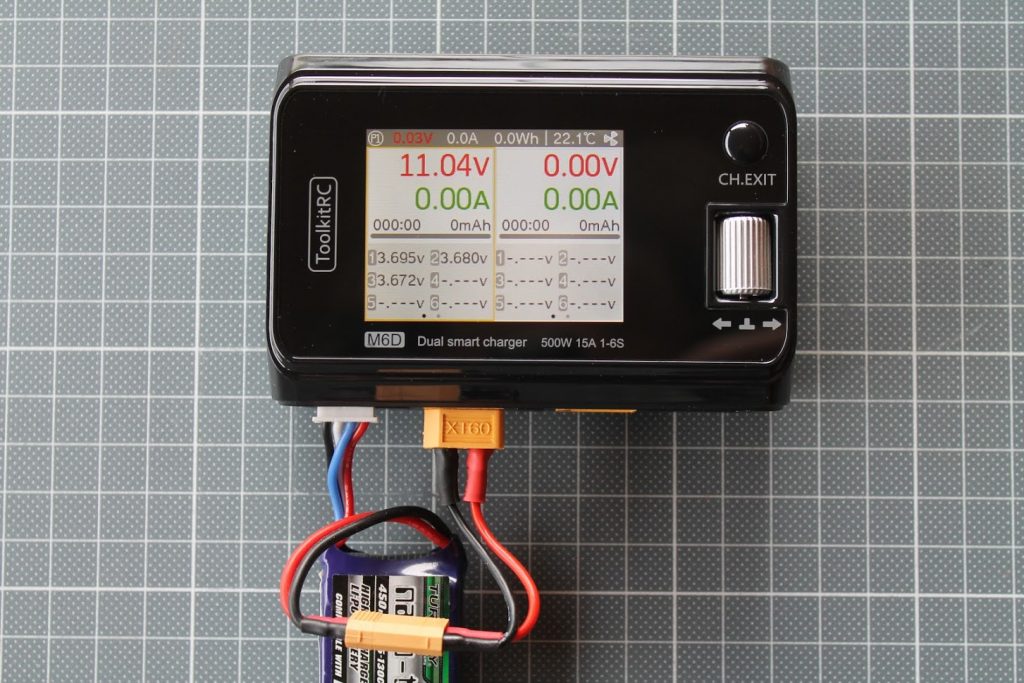
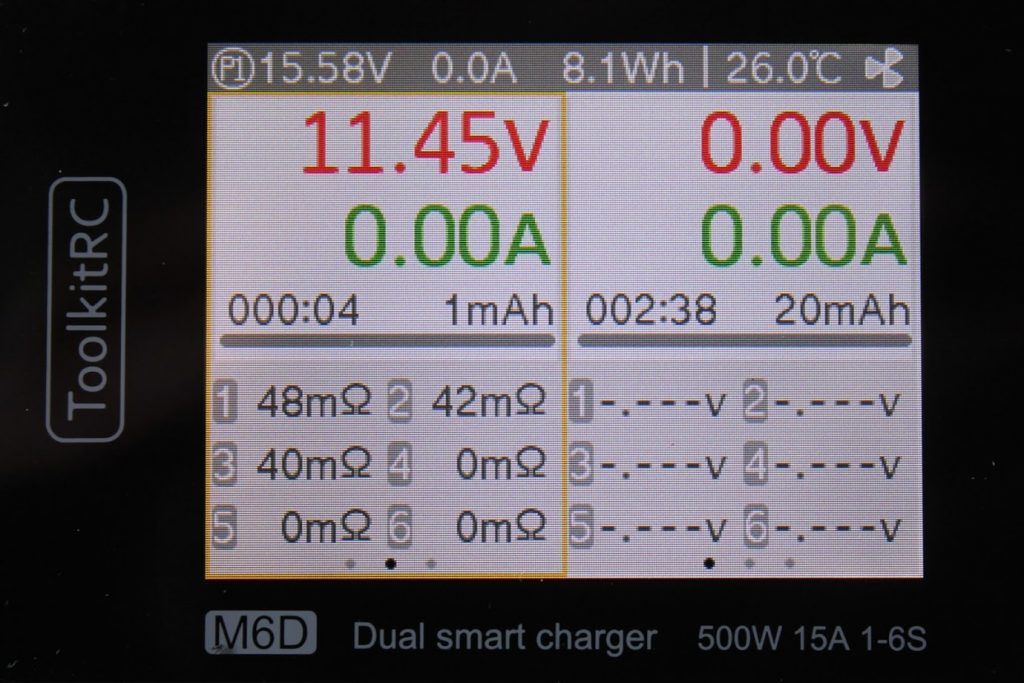
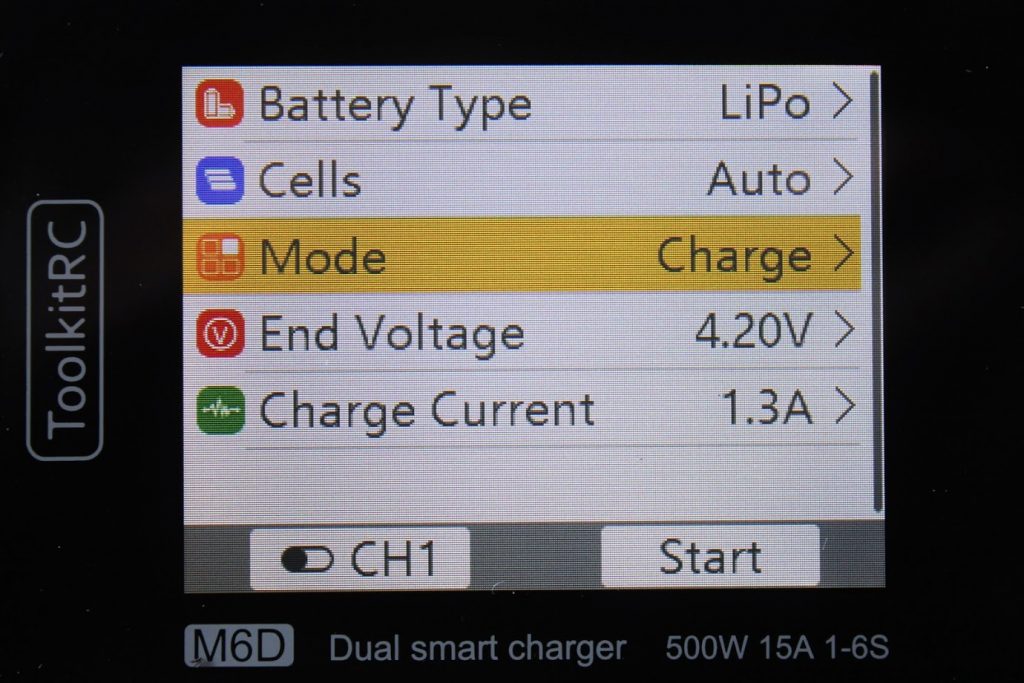
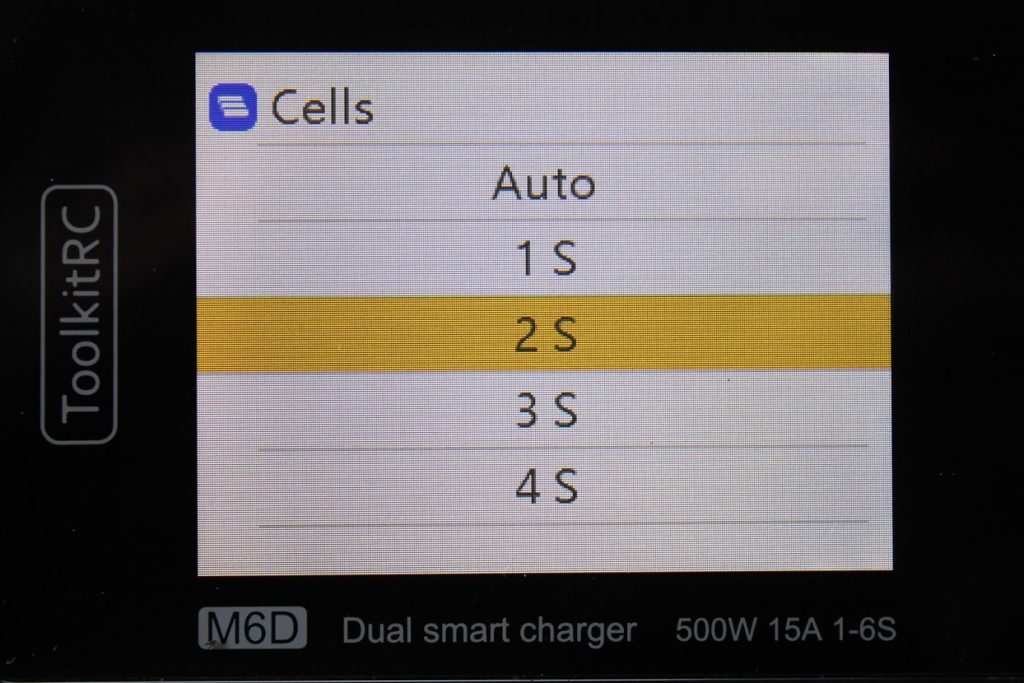
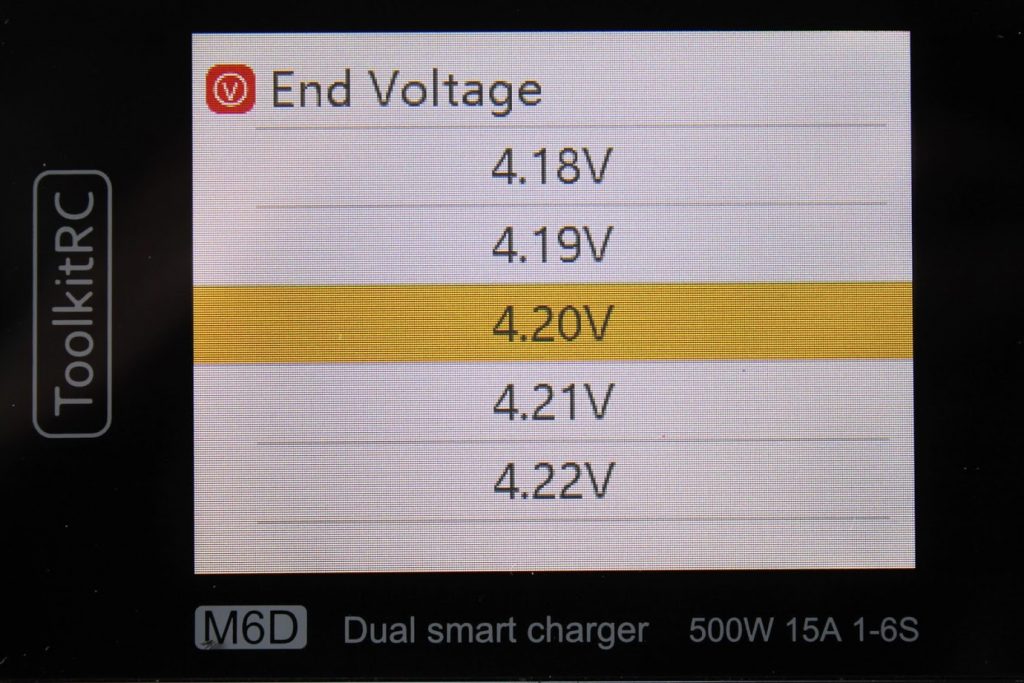
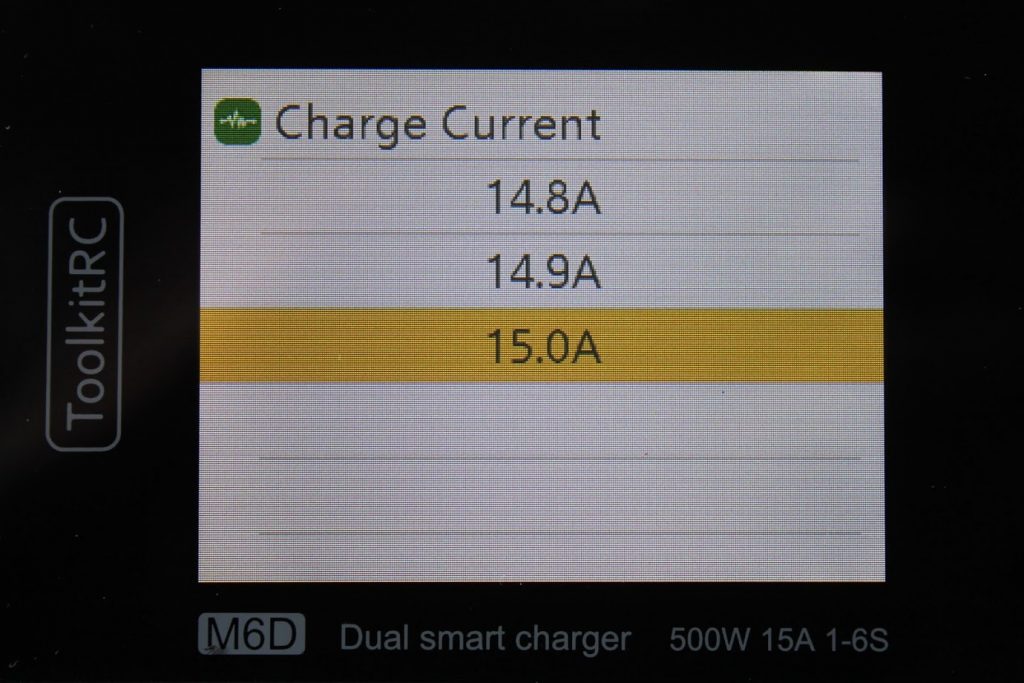
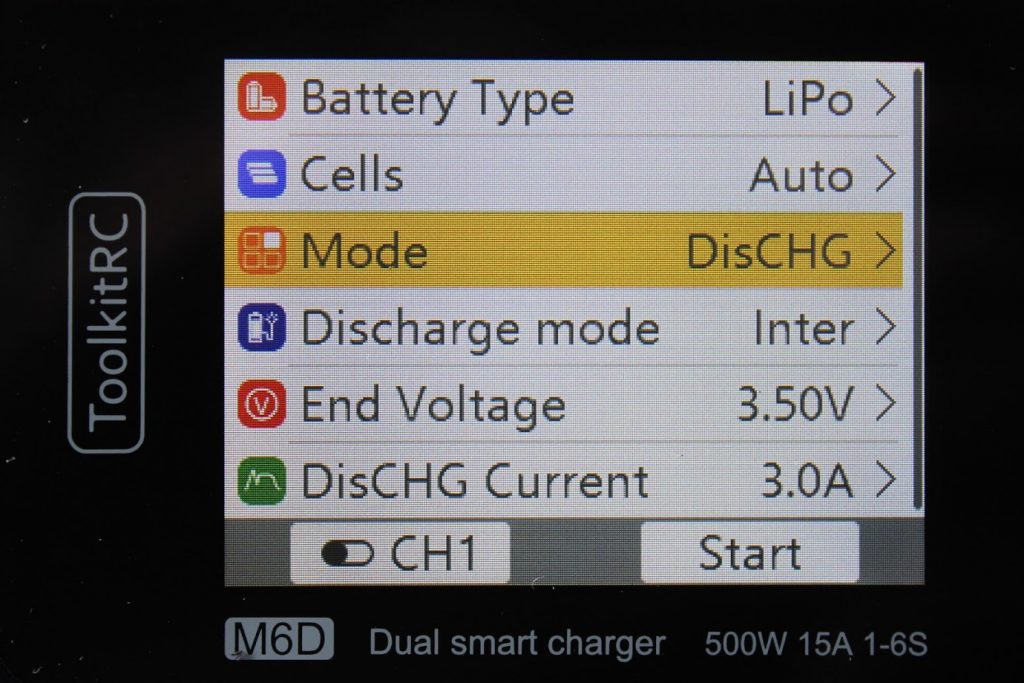
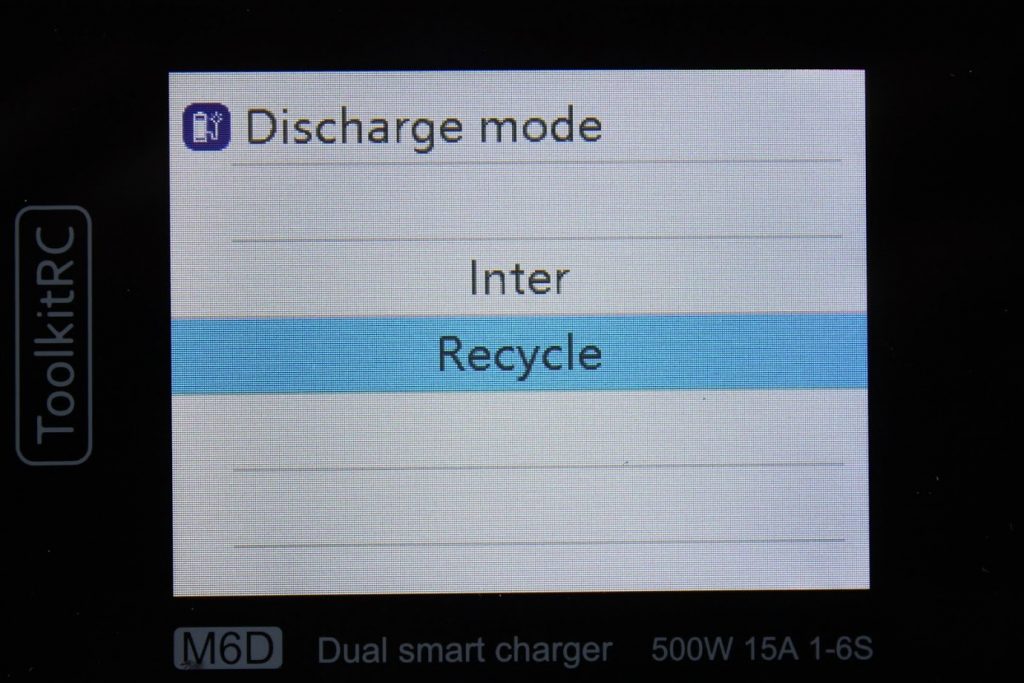
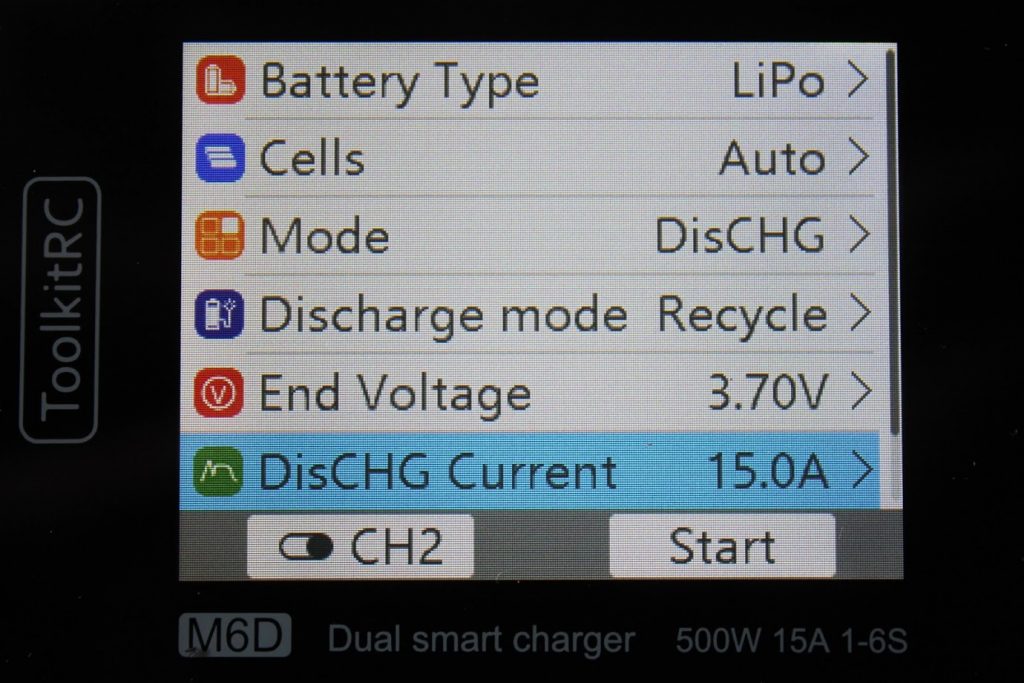
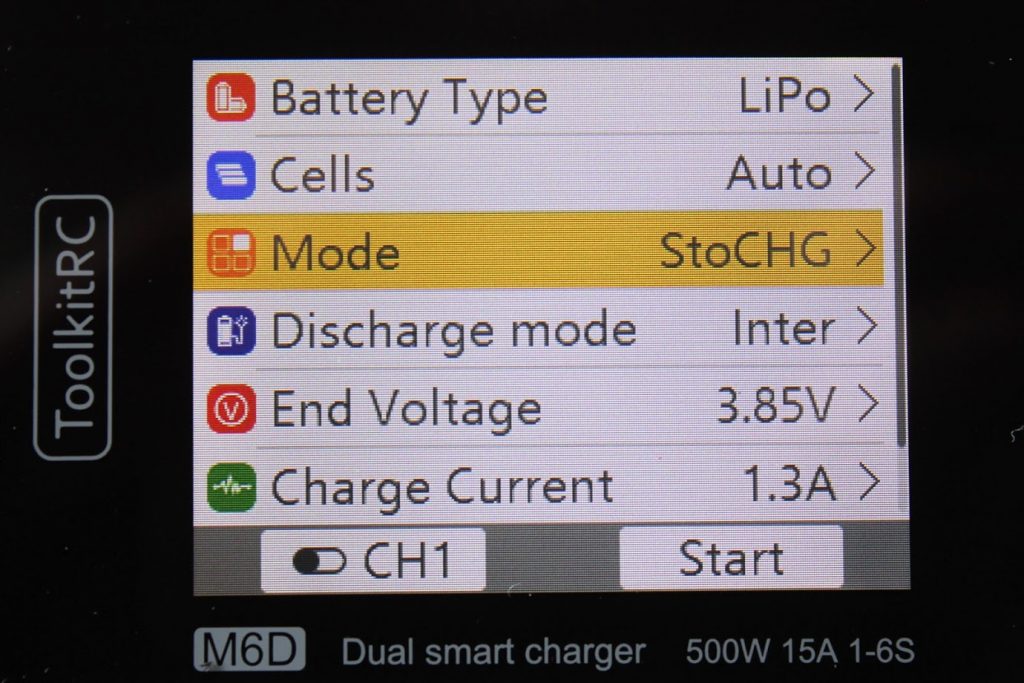
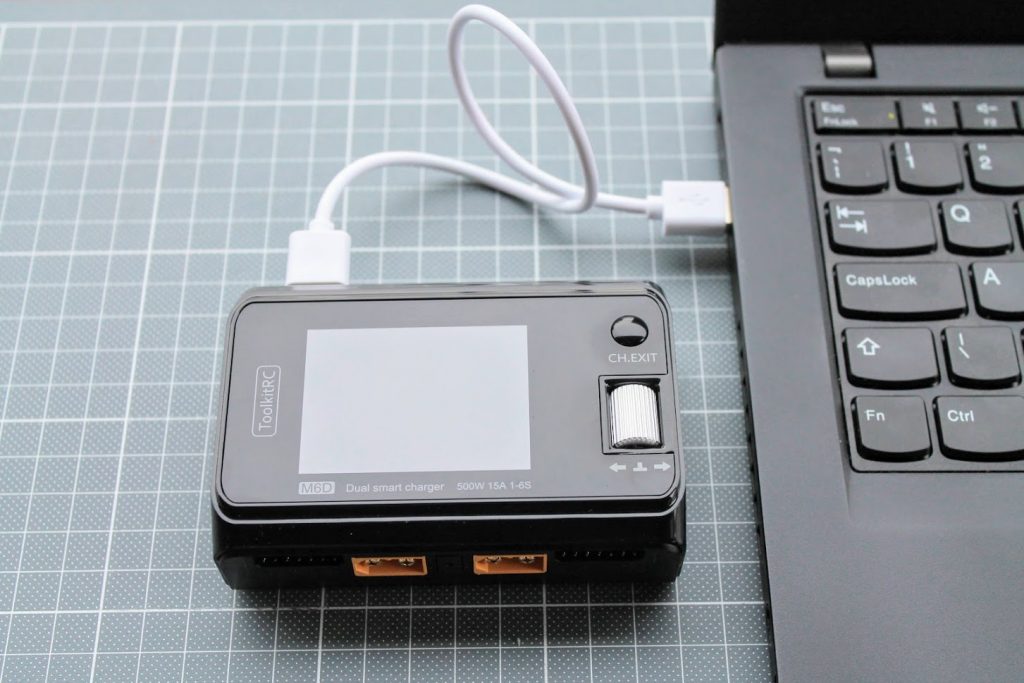

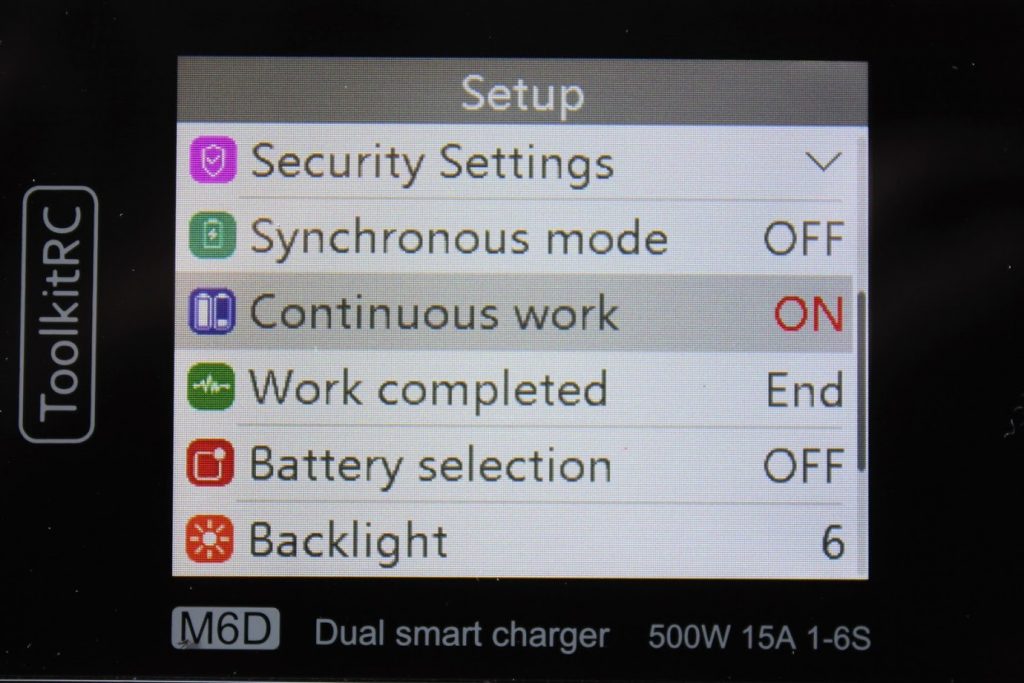
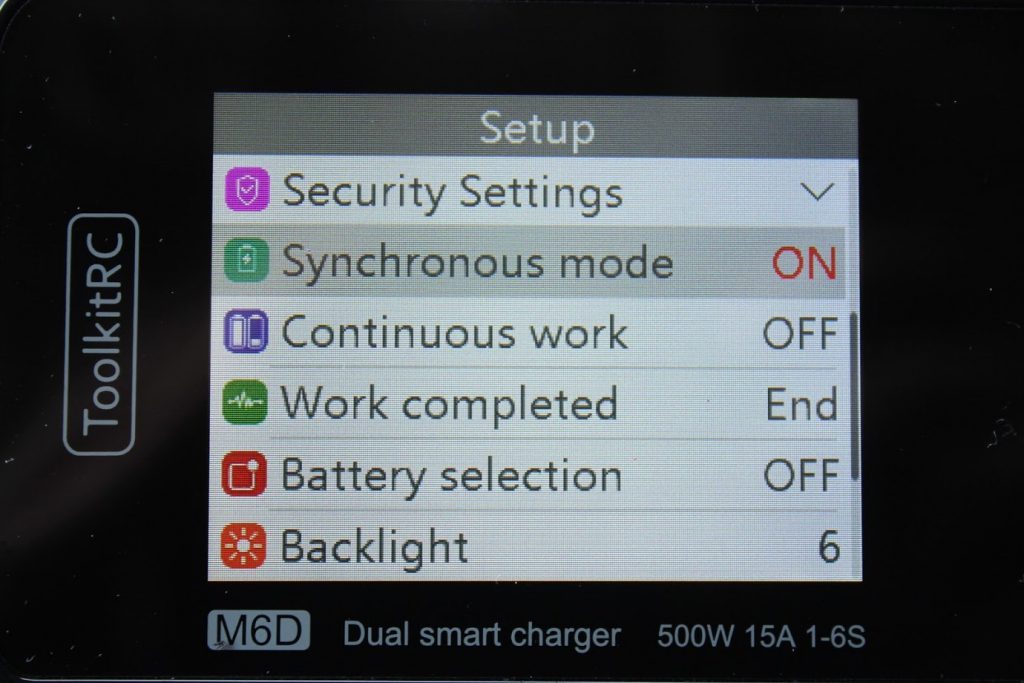
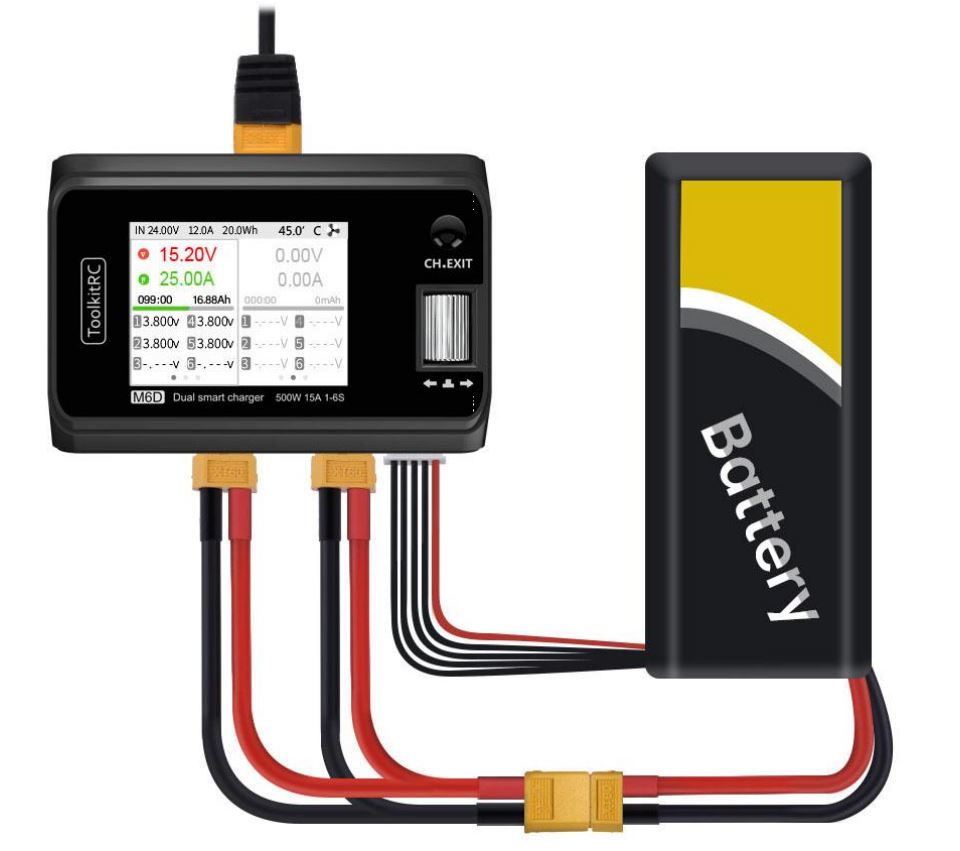
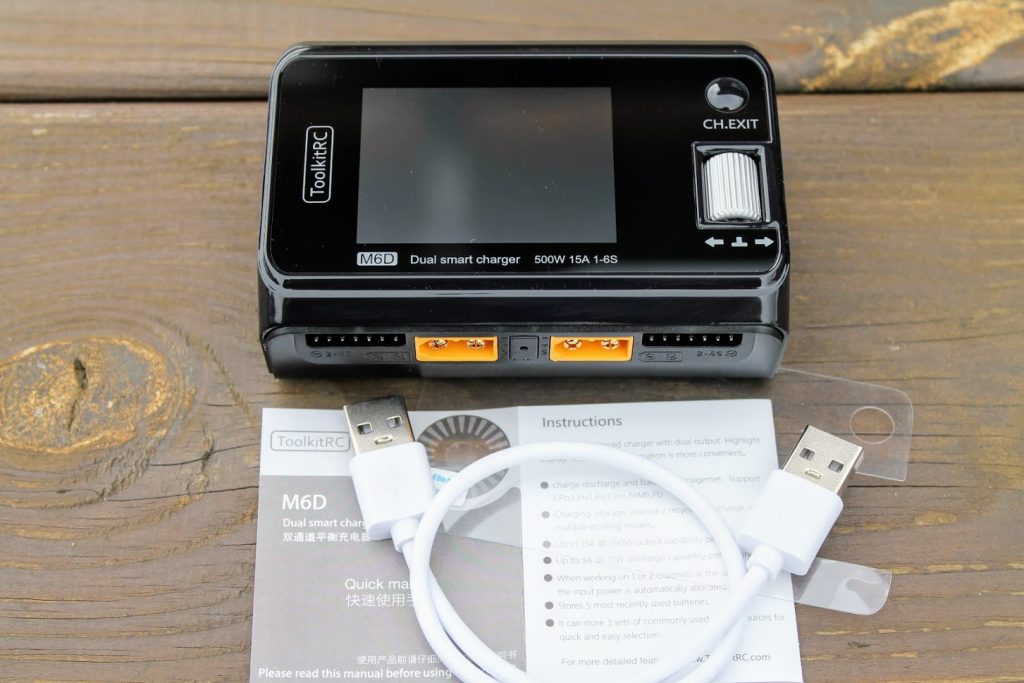


are you able to charge a 48v rechargeable Lead Acid Battery? For a Lawn mower
No, unfortunately this charger can charge only up to 10 cell (10S) Pb batteries (12V).
Hi, can you please tell me the type of the balancer connector? I find absolutely no information about that in the internet.
Regards Sebastian
Hi, Sebastian!
Balance plug connector is called JST-XH (2.54mm pitch). If you are searching for balance plug pigtail, make sure you get the one with silicone wires. This is important! Use only the silicone coated wires for any RC device. Silicone wires are so much better that they are incomparable to the regular PVC coated ones.
With the M6D and you charge 2 different chemistries at the same time. Like Lili on channel 1 and nimh on channel 2
Yes, you can. These are two independent ports and they charge independently. You can mix the different chemistries.